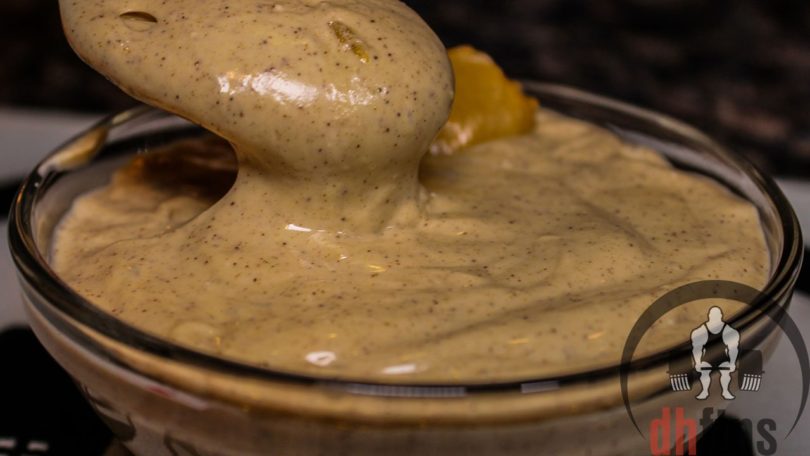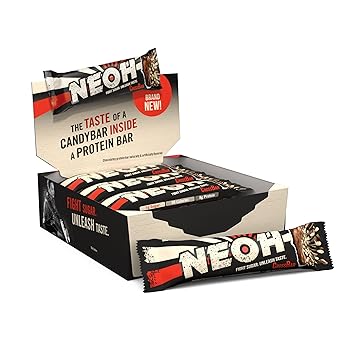Picture credit: https://www.newscientist.com/article/dn26481-left-or-right-wing-brains-disgust-response-tells-all/Picture
We have all been there. You are hungry after a hard workout and you bite into that protein bar and it tastes like cardboard, is chewy like an old shoelace or tastes just like sandpaper.
Cheap protein
Picture credit: https://www.amazon.com/Cytosport-Protein-Powder-Chocolate-Pound/dp/B00DKRTCOK?th=1
The main protein source is not something you can from a farmer, it is whey protein isolate milk protein isolates. This is a byproduct off cheese production and body builders add them in powdered form to add to their drinks. In some cases, they may cause digestive problems such as bloating, cramps, and gas.
How the protein gets applied
Picture credit: https://theproteinchef.co/peanut-butter-protein-frosting-recipe-quick/
The protein gets applied in a gooey paste that makes eating them such a discomfort. The paste is either very chewy to bite your teeth out or it is as hard as a rock as in many well-known protein bar brands.
The fiber is fake
Picture credit: https://www.mnn.com/food/healthy-eating/stories/5-high-fiber-foods-you-should-be-eating
Isomalto-oligosaccharides (IMO), the source of fiber in many protein bars is a syrupy goop that gets produced in large factories. The problem with ingesting this IMO, is that it feeds only a small subset of our gut bacteria.
Sugar overload
Photo credit: http://www.hazydizzy.com/tag/stop-eating-sugar/
Many protein bars claim to contain “no added sugars” but what they have in there is stevia, aspartame or Lo han guo and Sucralose. Lo han guo, also known as monk fruit, is the Chinese equivalent of stevia. Sucralose is an artificial sweetener that may or may not cause cancer, bowel disease, and DNA alterations in mice.
Maximized for profit, not for taste
Photo credit: http://weknowyourdreams.com/profit.html
Protein bars use cheap, industrial ingredients and apply them in the fastest way (via a gooey paste) possible just to reach their protein numbers and other macros. The bigger the brand the more they are trying to squeeze out profits.
There is hope
Photo credit: https://gcn.com/articles/2016/11/09/cloud-databases.aspx?admgarea=TC_Cloud
Some bars are trying to make a difference. They focus on taste and good ingredients and they are innovative. Most of them were only invented in the last years and will rock your tastebuds.
1. NEOH
This is the best tasting bar of all. It uses protein from 5 different sources, for example pea protein or organic cocoa. It tastes more like a crunchy candy bar and is the new favorite among fitness enthusiasts. It also comes with only 1g of sugar.
2. Primal Kitchen Collagen Bar
Photo Credit: https://thrivemarket.com/blog/need-a-paleo-friendly-snack-primal-kitchen-has-you-covered-in-dark-chocolate
The protein in this bar comes from grass-fed collagen that also improves digestion. It is made with chewy almonds and dark chocolate and contains only 3g of sugar.
3. Bulletproof Collagen Protein Bar
Photo Credit: https://blog.bulletproof.com/lemon-coconut-energy-bites/
These bars are made with Brain Octane® oil (MCT) that helps with focus and are good for digestion. The protein in this bar comes from grass-fed collagen. They use Stevia to sweeten the bar.
4. Rise Protein Bar
Photo credit: https://www.workoutsupplements.org/rise-protein-bars-review/
The combo of lemon and coconut go well together. The ingredients are simple and the bars are vegan, paleo, non-GMO, gluten-free and kosher.











